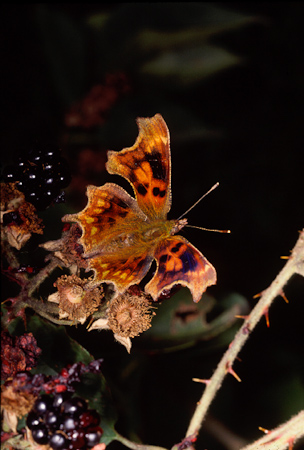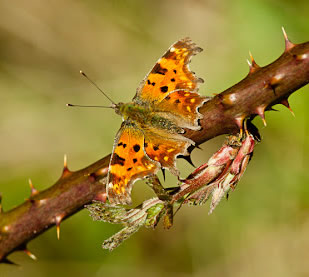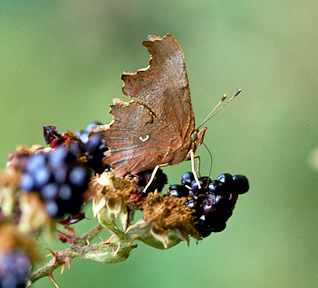First Emergence
| Year | First | Last |
| 1976 | April 8 | |
| 1977 | April 18 | |
| 1978 | April 3 | |
| 1979 | April 14 | |
| 1980 | April 5 | |
| 1981 | Feb 1 | |
| 1982 | Mar 25 | |
| 1983 | Mar 15 | |
| 1984 | Mar 23 | |
| 1985 | April 16 | |
| 1986 | April 25 | |
| 1987 | April 5 | |
| 1988 | April 11 | Oct 10 |
| 1989 | April 28 | |
| 1990 | July 11 | |
| 1991 | May 12 | |
| 1992 | April 5 | |
| 1993 | July 7 | |
| 1994 | Oct 23 | |
| 1995 | April 4 | |
| 1996 | April 7 | |
| 1997 | April 8 | |
| 1998 | May 9 | |
| 1999 | Mar 13 | |
| 2000 | Mar 12 | |
| 2001 | May 12 | |
| 2002 | Mar 9 | |
| 2003 | Mar 17 | |
| 2004 | April 23 | |
| 2005 | Mar 16 | |
| 2006 | Mar 29 | |
| 2007 | Mar 12 | |
| 2008 | June 28 | |
| 2009 | Mar 15 | |
| 2010 | Mar 26 | |
| 2011 | March 14 | |
| 2012 | March 12 | Nov 14 |
| 2013 | April 17 | |
| 2014 | March 9 | |
| 2015 | March 11 | HE |
| 2016 | ||
| 2017 | ||
| 2018 | ||
| 2019 | Feb 23 BC | |
| 2020 | Mar 13 BC | |

rare abberration
Butterflies
Skippers
Whites
Hairstreaks
Blues and Coppers
Admirals
Vannesids
Fritillaries
Browns
Submit Your Records & Comments Here
Butterfly Survey 1976-2020
Comma
(polygonia c-album) 55mm
![]()

The butterfly gets its name from the 'c' shaped mark on the underwing that looks uncannily like a bird's dropping against a beautiful camouflaged ground. Locally, the comma appears to have taken over from the small tortoiseshell and peacock as the commonest of the overwintering Nymphalidae to appear in Spring. This is probably due to the lack of woodland management providing better conditions for the larval foodplant.* A brighter abberant appears with a much plainer underwing - so called hutchinsonia.
![]()

var hutchinsonia
![]()
![]()
![]()

Habit: Territorial. In spring the butterfly can be found along on rough land and well sheltered paths generally facing south towards the weak sun. The Comma can be seen from early March onwards. Any fleeting sight of an orangy brown shadow like aerial form is likely to be a comma butterfly. In summer, from about late June onwards, the butterfly is much more obvious; conspicuously displaying its golden topwing, or flying up from its sunny perch and quickly returning - after having been disturbed, or in pursuit of an intruder.
Double brooded: over-winters as a butterfly - the larvae is typically spiny and like the butterfly, bears a bird dropping like mark on its back - not communal.
Larval Foodplant: wild hop, stinging nettle, elm, and willow.*
Status: not under threat in our area - numbers steady year by year but following the overall decline in invertebrates.
WH - White Hill Shoreham, BC - Bromley Common, BIC-Bickley, Kes - Keston, Ha - Hayes --BN - Bromley North - Ey Eynsford - Orp-Orpington, FACK - Fackenden Down and Bank
Thanks to Howard Walmsley and David Davis, Fred O'Hare
©Google Click on abbreviation underlined for location
©Rodney Compton
